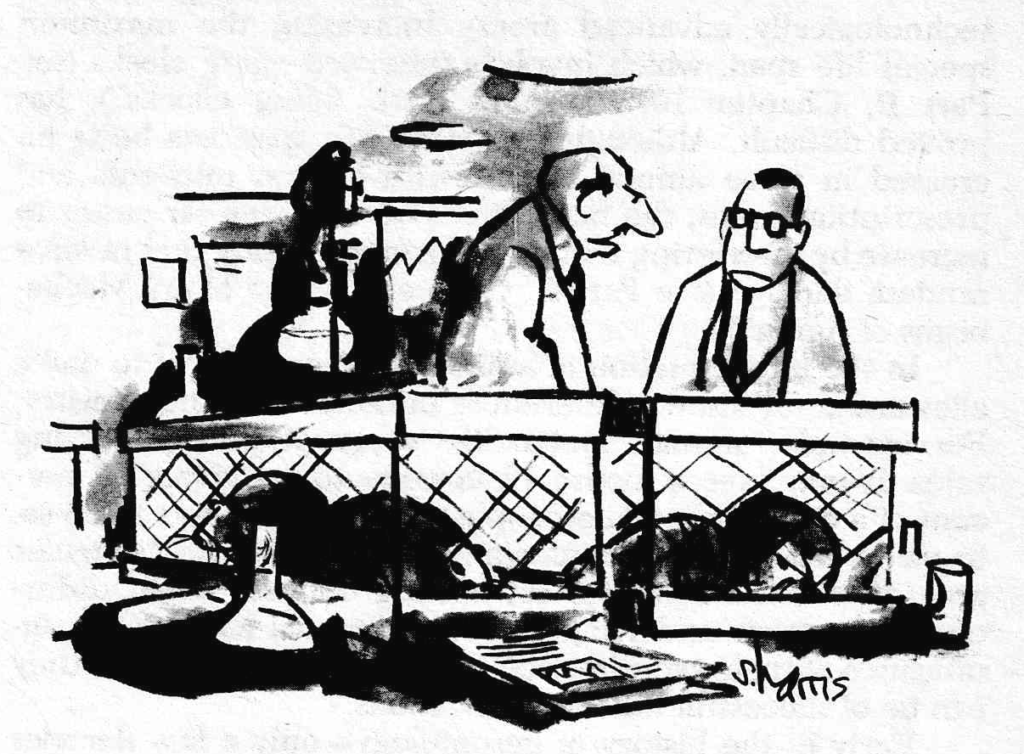The most beautiful thing we can experience is the mysterious. It is the source of all true art and all science.
He to whom this emotion is a stranger, who can no longer
pause to wonder and stand rapt in awe, is as good as dead:
his eyes are closed.
—Albert Einstein
Most biological experiments are done with animals other than humans, including rats, mice, guinea pigs, and frogs. None of these animal species is exactly like people. How can life extension data derived from animal studies be applied to humans?
Animal studies can be considered relevant to people when
(1) the experiment affects a system in the animal that is like a similar system in humans, and
(2) the method of bringing about these changes in the animal involve a bio-
chemical pathway (a chain of chemical reactions) found in both the animal and humans.
In order to make such sophisticated interpretations, a certain amount of biochemical understanding of the physiological systems involved is required. That is the function of aging theories. They provide a framework within which data can be interpreted. Sometimes the data cannot be fitted into a pre-existing theoretical structure. Then scientists must decide whether there were experimental errors or whether the theory should be modified or even abandoned.
It is not necessary for all aging mechanisms to be identified and biochemically understood in order to get useful information from animal experiments. Experiments designed to study the aging immune system in rats may not reveal anything about aging caused by damage to other systems, but they can give us useful ideas about what happens in aging human immune systems. (Your immune system is made up of your white blood cells, antibodies, interferon, complement, and other large disease-fighting molecules, lymph nodes, spleen, and thymus gland.
It recognizes disease-causing agents, such as viruses, bacteria, and cancer cells, as distinct from “you” and attacks them. Your immune system is your
body’s police force.)

only in guinea pigs.”
There are two measures of life span commonly used in animal experiments. The mean life span is the average life span of the specified group of animals. The maximum life span is the longest life span achieved by any animal of the specified group. In humans, the maximum life span is about
110-120 years, while the mean life span is about 73 years (in technologically advanced areas). Increasing the maximum species life span, which involves inherited aging clocks, has proved difficult. Although maximum life span has been increased in some animal studies with certain nutrients and prescription drugs, the mean life span has been far easier to
increase by interfering with mechanisms of aging that involve random damage.
In the interpretation of animal studies, we have to make allowances for known differences in metabolic biochemistry. For example, animals metabolize drugs at greatly varying rates. It may take a mouse 12 minutes to inactivate 50 percent of a drug dose, while people may take 12 hours to do so, or vice versa! The more information available in a particular
area of metabolic studies concerning animal-human differences, the more understanding scientists will have of the significance of their experimental results and the more sure they can be of successful human applications.
Early in the history of gerontology—only a few decades ago—progress was very slow because scientists were seeking an overall definition of aging. We still do not have enough knowledge to define aging completely as an overall process.
However, various aspects of aging are rapidly coming to be fairly well understood, as, for example, the immune system. We can much more easily compare one system at a time of other animals to that of humans than the whole range of physiological aging processes between them.
The experimental animals used for life span studies are short-lived species, such as rats, mice, guinea pigs, and so on. They are all subject to the same aging mechanisms as humans, though not to the same degree. We could use primates like monkeys for life-span studies, but these animals live a fairly
long time . We don’t want to have to wait for many years, perhaps decades, to find out the results of life extension methods. For one thing, such longitudinal experiments are very expensive. A life-span study using two-year-old rats cost $800 per rat per year as of a few years ago. Larger animals are far more expensive. It is reasonable to suppose that some
methods that extend life span in rats or mice can extend human life span too, since biochemical studies have shown that the chemistry of aging is very similar in all species.
In the next series of posts, we shall introduce you to some of the reasonable theories on mechanisms of aging now being tested and defined in both animal and human studies. These theories have already led to significant slowing of several aging processes and equally significant increases in life span with a markedly decreased incidence of cancer and cardiovascular
disease. And we will show you how to apply this type of knowledge to your own life.
Are you interested in life extension products?
mod4all ships all major brands of Modafinil from the UK
All products shipped from the UK by tracked post. We guarantee delivery.
We guarantee delivery, free reshipping.
Any questions at all about payments, shipping, etc. Anything at all, just email us.

Comments (0)